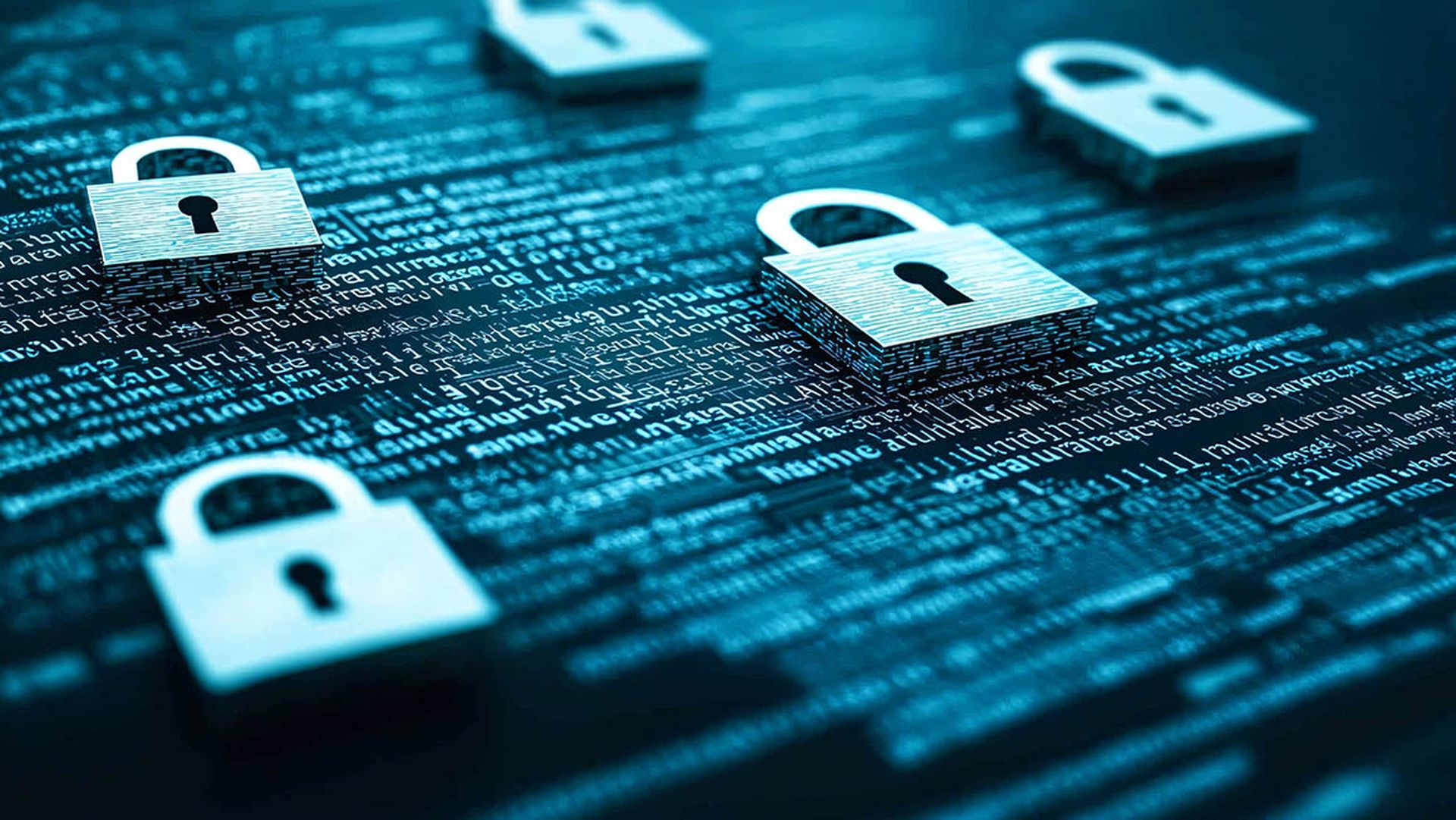With the increase in ransomware security threats, managed service providers (MSPs) have to be increasingly vigilant.
Protecting clients from malicious attacks means being proactive and ensuring that clients have best in-class technology to secure their IT infrastructure.
According to the FBI’s Internet Crime Complaint Center (IC3), ransomware attacks increased by 82% from 2019 to 2021, and the pace of attacks continues to increase: in Q1 2022, ransomware detections doubled the total volume of attacks from 2021. Instead of taking a ‘firefighting’ approach to cyber security threats, MSPs have the power to act proactively before a threat emerges.
Not only do most malware and ransomware attacks not make the headlines, but an increasing number go unreported to the authorities, with small and medium-sized companies discreetly paying ransoms to avoid any negative media attention.
Statistics also suggest that in 2021 ransom payments were getting higher: 11% of organizations paid $1 million or more, and the percentage who paid more than $10,000 increased from 21% in 2020 to more than 34% in 2021.
Different types of ransomware attacks
While it’s the big ransomware attacks that make the news – such as the $50 million ransom demanded of computer manufacturer Acer in 2021 – cybercriminals can target any business. In fact, most experts agree that it’s no longer a matter of “if” but “when” ransomware will breach a company’s IT infrastructure.
- Crypto ransomware encrypts data, forcing victims to pay a ransom to recover their files. Crypto ransomware often targets large corporations.
- Locker ransomware interrupts access to data and disables computer functions. Typically, victims can only interact with the ransom window. Locker ransomware may be limited to a single computer.
- Scareware mimics virus detection software and either locks down a computer or runs endless pop-ups warning of the threat. Victims must pay to remove the “virus.”
- Leakware threatens to make sensitive information public unless the victim pays a ransom. Cybercriminals are increasingly adding leakware to their ransomware attacks, especially when organizations have robust backups that would let them recover from a crypto ransomware attack.
How is ransomware delivered?
Most ransomware attacks are delivered by email phishing. These social engineering manipulation techniques account for close to 90% of ransomware attacks. This typically involves unsuspecting employees clicking on a link in an email or mistakenly divulging access credentials to a malicious actor. For criminals, this is a much simpler strategy than trying to hack directly into a company’s computer network.
A seemingly benign email turns out to be the conduit for a corrupt file or trojan horse program that infiltrates a company’s network, locks out users, or worse, erases valuable stores of data. A variation on the strategy is called ‘whaling’, a tailored form of phishing attack aimed at senior level and C-suite staff.
Criminals are relying on human error to get past the gates with their malicious software. That is why automating security systems is important when it comes to MSPs helping clients safeguard critical IT infrastructure.
Leveraging automation reduces the risk
With the ever-present danger of a cybersecurity event, the only effective strategy involves using automated security systems to monitor and defend client networks 24/7. The goal is to stop malicious actors before they get anywhere near important IT systems and data.
By investing in automation, MSPs can reduce the risks that come from human error and expand their capacity to respond to incoming threats without any downtime. Most importantly, automated cybersecurity systems allow for continuous integration, delivery and deployment without the need for active intervention on the part of IT staff members.
These behind-the-scene systems are extremely powerful at detecting any incoming threats and neutralizing them before they can cause any damage or corrupt customer IT data and systems. They also employ technology that allows professionals to evaluate storage and data networks that may be at risk.
By using powerful analytical tools, MSPs ensure that their clients’ organizations are making informed and accountable decisions based on their data and what it tells them. Automating documentation plays an important role in helping achieve this outcome. Making sure that teams complete each step in a security process, using a clearly prescribed and time-sensitive methodology, reduces the risk of human error exponentially.
Data is key, as it gives MSP clients insight into where and when changes occur over time and it helps guide MSPs toward the appropriate, effective, and predictive technologies that will secure precious digital assets in the months and years to come. The right suite of security technologies will not only simplify processes but also help automate mundane tasks and deliver answers faster.
A cyber risk is a business risk
Having the right automated security solution is no longer a choice but a necessity. Regardless of the size of the threat – a brief interruption in services or a substantial payout to recover sensitive data – ransomware attacks pose a threat to the very heart of an orderly and customer-focused enterprise.
And the risks are not going away: if anything, malware attacks are increasing, taking advantage of global threats on the world stage. Malicious actors are actively looking for targets, and it’s essential that MSPs help their clients find the right solution to protect critical digital assets. Customers rely on MSPs to provide the education and know-how to implement automated security systems and protocols that will best serve their needs.
Liongard’s Deep Data technology enables MSPs to implement strong and effective solutions that clients can use to protect themselves from ransomware and other kinds of cybersecurity threats that may threaten the health and integrity of their business.
Hear from our very own Scott Davis, sales engineer at Liongard, on his approach to security automation by following this link.
This guest blog is courtesy of Liongard. Read more Liongard guest blogs here. Regularly contributed guest blogs are part of ChannelE2E’s sponsorship program.




